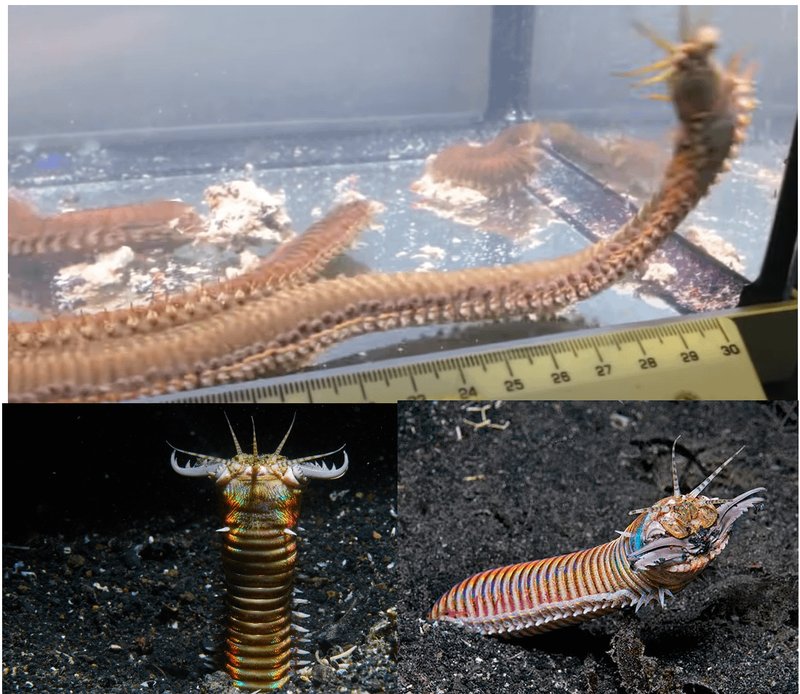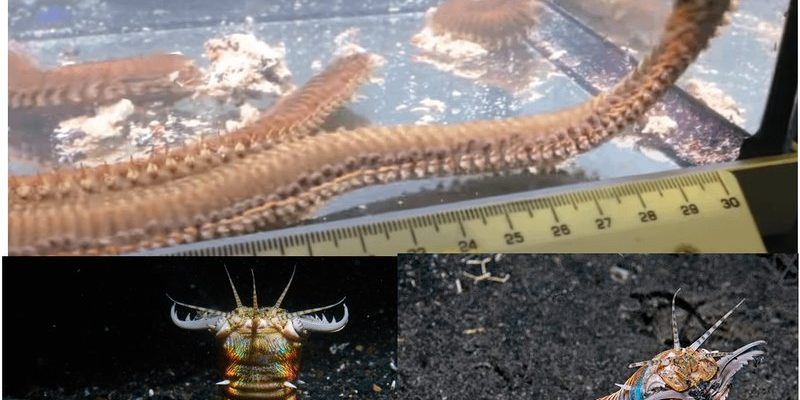
Bobbit worms are known for their long, segmented bodies and impressive hunting skills. They create elaborate burrows in the sandy or muddy substrate of their ocean or aquarium homes. Choosing the right substrate is essential for simulating their natural habitat and ensuring their well-being. It’s like providing a cozy, much-needed blanket for them to snuggle into. In this article, we’ll break down the best choices for substrate types and why they matter.
Why Substrate Matters for Bobbit Worms
First off, let’s chat about why substrate is crucial for bobbit worms. They spend most of their lives burrowed in the sand or mud, where they hunt and hide. The right substrate helps them feel secure and allows them to build those intricate tunnels that are so important for their survival. Think of it as a playground for them. If the playground is made of soft sand, they can build castles; if it’s made of sharp rocks, it could hurt them.
Additionally, the substrate can influence water quality and the overall health of your aquarium. A well-chosen substrate can help provide beneficial bacteria that can break down waste materials, keeping the habitat cleaner and healthier. This balance is vital because a happy bobbit worm means a happy aquatic ecosystem!
Types of Substrates for Bobbit Worm Burrows
Now that you know why substrate is so important, let’s look at the types available for your bobbit worm friends. The most common substrates include sand, crushed coral, and mud.
1. Fine Sand
Fine sand is arguably one of the best substrates for bobbit worms. It mimics their natural habitat perfectly, allowing them to dig and create tunnels without struggle. The softness of fine sand means it won’t irritate their sensitive skin.
– Pros: It’s easy to clean and offers a natural look to your aquarium. Plus, it provides a great environment for beneficial bacteria to thrive.
– Cons: It can be challenging to keep clean if you have other fish that stir up the substrate. Over time, detritus can accumulate, which may require regular maintenance.
2. Crushed Coral
If you’re looking for something a bit different, crushed coral could be an option. This substrate can help buffer your water’s pH levels, making it beneficial if you’re housing sensitive species alongside your bobbit worm.
– Pros: Helps maintain water quality, and offers a unique look with its varied textures.
– Cons: The coarser texture might not be as comfortable for bobbit worms compared to fine sand, and it can be more difficult for them to burrow.
3. Aquarium Mud
Another choice is aquarium mud, which is nutrient-rich and great for plant growth. If you’re planning to create a planted tank, this might be an excellent option.
– Pros: It supports plant life and can provide a more natural-feeling environment.
– Cons: Mud can become murky if disturbed and may require more frequent cleaning. Plus, it can compact over time, making it harder for bobbit worms to dig.
Substrate Depth: How Much is Enough?
You might think, “Okay, I pick a substrate, but how much do I need?” The depth of the substrate is just as important as the type. Bobbit worms can burrow quite deep, so you’ll want to provide adequate space for them to explore.
A general rule of thumb is to aim for at least 2-3 inches of substrate. This depth allows them to create their burrows comfortably without feeling exposed. If you’re going for a mix of substrates, adjust the depth accordingly to ensure that every layer is at least this deep.
Maintaining Your Substrate for Bobbit Worms
Choosing and adding the right substrate is just the beginning. Maintaining it is crucial for your bobbit worm’s health. Here’s how you can keep your substrate in good shape.
– Regular Cleaning: If you opt for fine sand, consider using a siphon to clean it without removing too much material. For crushed coral, gently stirring can help keep the top layer fresh.
– Water Changes: Regularly changing a portion of the water helps keep the substrate cleaner. The goal is to prevent waste build-up, which can lead to poor water quality.
– Monitor Your Worms: Keep an eye on your bobbit worms’ behavior. If they seem less active or aren’t tunneling, it might be time to check the substrate.
Common Mistakes to Avoid
Even seasoned aquarium keepers can make mistakes with substrates. Here are a few pitfalls to watch out for:
– Using Sharp Substrates: Materials like gravel or jagged rocks can hurt bobbit worms, so always opt for softer, rounded materials.
– Overcompacting: Don’t overly compress the substrate. This can prevent your bobbit worm from digging and can lead to poor water circulation.
– Ignoring pH Levels: Make sure to monitor the pH of your substrate, especially if you’re using materials like crushed coral, which can affect the water chemistry.
Final Thoughts on Bobbit Worm Substrate
Choosing the best substrates for bobbit worm burrows isn’t just about aesthetics; it’s about creating a healthy, safe environment where these creatures can thrive. Fine sand typically stands out as the top choice due to its ideal texture and ease of maintenance. But don’t overlook crushed coral or mud, especially if you’re after certain water chemistry benefits or planning to incorporate live plants.
Ultimately, your choice should reflect both the needs of your bobbit worms and the overall health of your aquarium. By providing the right substrate and maintaining it well, you’ll create a lively underwater world that both you and your bobbit worms will love. Happy aquascaping!

